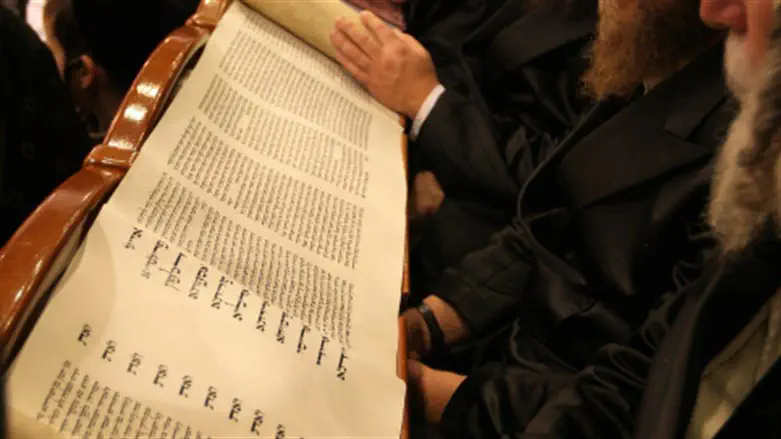
The Megillah attributes learning, piety and leadership ability to Mordechai but in some ways he is an enigma.
His name Mordechai is not Hebrew but seems to be a form of Marduk. He is popularly known as the uncle of Esther but was in fact her cousin. His co-religionists were proud that he became chief counsellor of Persia but many commentators think the end of the Megillah indicates that he was not universally popular amongst the Jews.
The Talmud (Men. 64b/65a) has a high opinion of him. It even thinks he was one of the prophets. It knows him by the Hebrew name of Bilshan. His father was Yair, a member of the Benjamin tribe. He kept an eye on Esther by frequenting the palace precincts and was alarmed to see his old antagonist Haman rise to power.
Mordechai was likely to have been an immigrant to Persia from Eretz Yisra’el (Esther 2:5-6) and probably had conflicts with Haman who was an imperial official in the Holy Land before coming to Shushan.
Mordechai connived at Esther’s concealment of her Jewishness because Persian kings could not marry outside the nobility. It was only in time of crisis that she revealed her background.
Why did the king treat Mordechai so well? Out of gratitude that Mordechai had picked up the information that there were people plotting to assassinate him.
Jewish tradition believes that God made sure no harm would come to the Jews, so why does the Megillah not mention God? Perhaps because the gentiles could not cope with the idea that some other people’s God was so effective.
HALF A SHEKEL
When you go to shule for the Purim service you might find a collection plate marked "Machatzit HaShekel" – "Half a Shekel".
The practice of donating half a shekel is at least 700 years old and comes from the command to give a half-shekel of silver towards the community expenses of that year (Orach Chayyim 694:1).
The custom is to give half of the current coin, e.g. half a shekel in Israel and half a dollar in the US. The half-shekel and half-dollar do not work out to the same result but the important thing is the idea of a half. If a person wishes to give a higher amount there is no objection.
In most places the donation is given on the eve of Purim. In others the donation is given in the morning before the reading of the Megillah.
Counting the half shekels is a form of census that indicates the number of people that make up the community.
FRIGHTENED OF THE JEWS
As they do in the Hanukkah story, the assimilationists play an important role in the Purim events. They tried to look and behave like gentiles and hoped no-one would notice they were Jews.
In the Purim story there is another group who did the opposite. Called "Mityahadim", they tried to make out that they were not gentiles but Jews. In Esther 8:17 they acted like Jews; Rashi says they became converts, though Maimonides – Issurei Bi’ah 13:15 – says they remained gentiles but gave the impression of Jewishness.
Their motivation was self-preservation; the Jews had assumed a leading role in the kingdom and it was expedient to be on the Jewish side and to have the Jewish God.
Rabbi Dr. Raymnd Apple, AO RFD is Emeritus Rabbi of the Great Synagogue, Sydney. He is now retired and lives in Jerusalem, where he publishes OzTorah, a weekly email list and website with Torah insights from an Australian perspective..